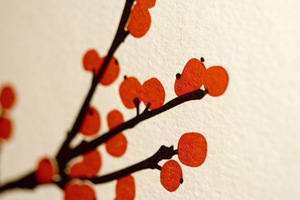Seems like a good idea for small spaces. According to this website:
Bookshelves often seem to burst. You always try to squeeze in another book into the last gap which is far too narrow. “Platzhalter” gives in to force and makes space for more books by literally bursting. An initially hidden board stretches between the split halves and widens the usable surface. The more books you add to the shelf, the wider it opens. The classical rectangular shape turns into a V-shaped outline until the shelf reaches its defined limit.

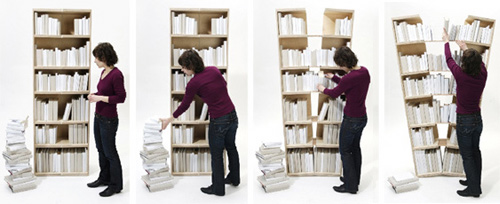
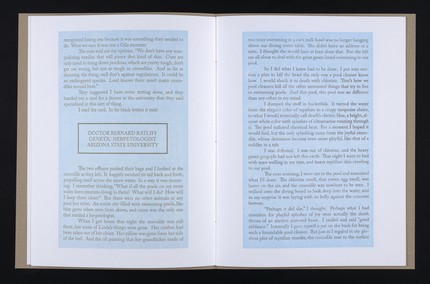
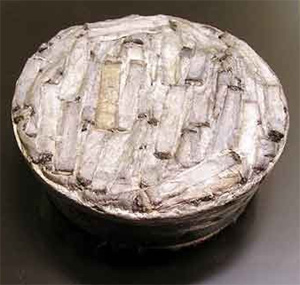
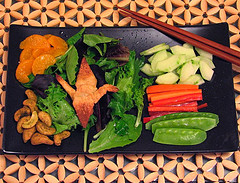 Most people’s first (and maybe only) encounter with folding origami is the crane. Here’s an edible variation from
Most people’s first (and maybe only) encounter with folding origami is the crane. Here’s an edible variation from 